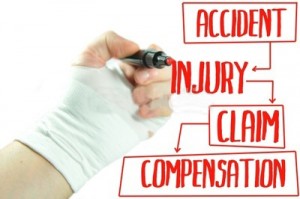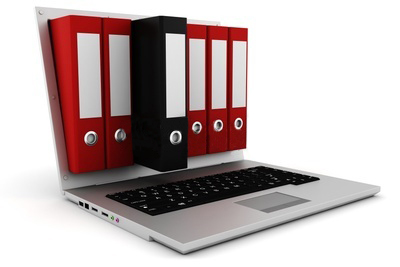
Medical Management Streamlined with EMR
Streamlining medical management is now possible with the use of EMR. Nitin Chhoda enumerates the benefits of EMR including the efficiency of billing, scheduling and managing productivity reports.
 Clinicians, practitioners, and other private practice owners that use medical management are being forced to take certain steps toward efficiency.
Clinicians, practitioners, and other private practice owners that use medical management are being forced to take certain steps toward efficiency.
The financial pressures of an increasingly hostile and uncooperative health insurance industry, combined with the fact that more and more patients are unable to pay their bills, has put clinicians in an uncomfortable bind.
How can you provide the best medical care possible if you are restricted by financial considerations? The transition may be a bit rough, but it looks as though private practices are going to get some major help by adopting electronic medical records.
Electronic medical records cut down on administrative costs, making it just a bit less expensive to run the clinic. But more importantly, they can streamline medical management and help the practice to run more efficiently.
Billing and Scheduling: Efficiency Traps
It turns out that much of an clinic’s efficiency is decreased because of errors and delays in billing and scheduling. The ways that EMRs can streamline the billing aspects of medical management may be obvious to some.
A billing system that tracks unpaid bills and sets reminders for the medical management personnel responsible for billing will increase the likelihood that bills will not be forgotten.
This is true for patients as well as health insurance companies. Most medical management and health insurance companies have very particular requirements for the filing of claims. These forms can be time intensive and frustrating to complete. EMRs that are designed to streamline medical management will include options for filing the appropriate paperwork and will include reminders so the paperwork is filed in the required timeframe.
Increased efficiency in scheduling is less obvious at first, but the benefits are certainly easy to understand. When a patient cancels an appointment, that time slot is easily lost and left empty. Scheduling components of EMR programs will ensure that all empty slots are filled when possible. They also allow for re-scheduling with a few clicks of the mouse.
 Reporting and Medical Management
Reporting and Medical Management
On the other hand, medical management professionals will tell you that one of the biggest challenges to improving efficiency is the lack of useful data.
On paper, it is overwhelming to attempt to compile reports that detail how many appointments have been missed, how many bills are left unpaid or the collection percentage, and productivity as measured by the number of patients scheduled for each medical professional.
EMRs offer reporting tools and instruments for medical management systems that make evaluation of the practice quick and efficient. Imagine if you could print a referrals report with a few clicks or figure out how many visits each patient typically schedules.
Medical management can be more productive and more efficient if these kinds of figures can be analyzed. Without EMR and reporting capabilities, this kind of analysis is overwhelmingly challenging and presents time barriers that are insurmountable.
Rather than relying on the business to continue as usual, medical management professionals and EMR systems learn what is working at your practice and what is not working. Once you know how things are actually going, you can take action to change it for the better.



















